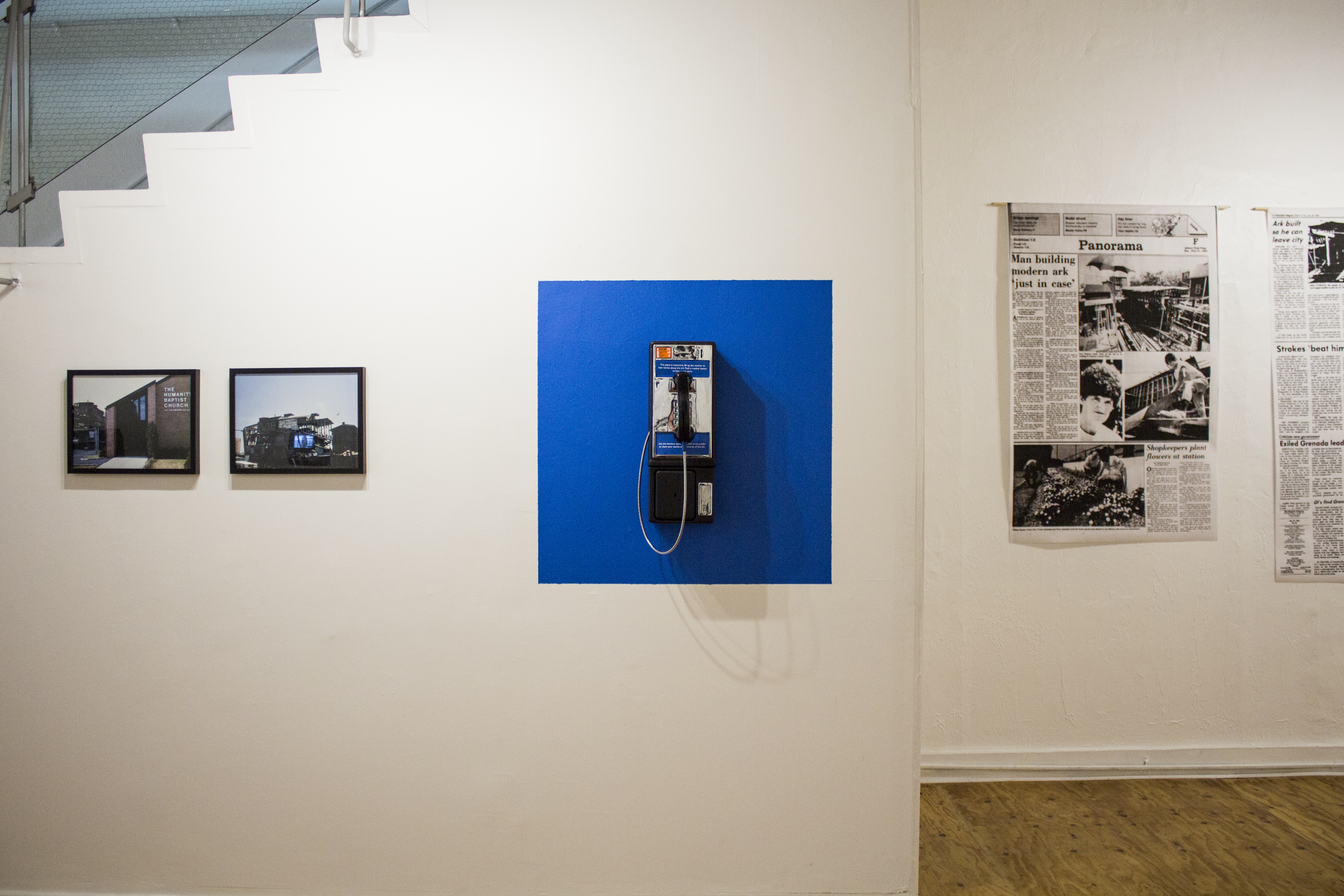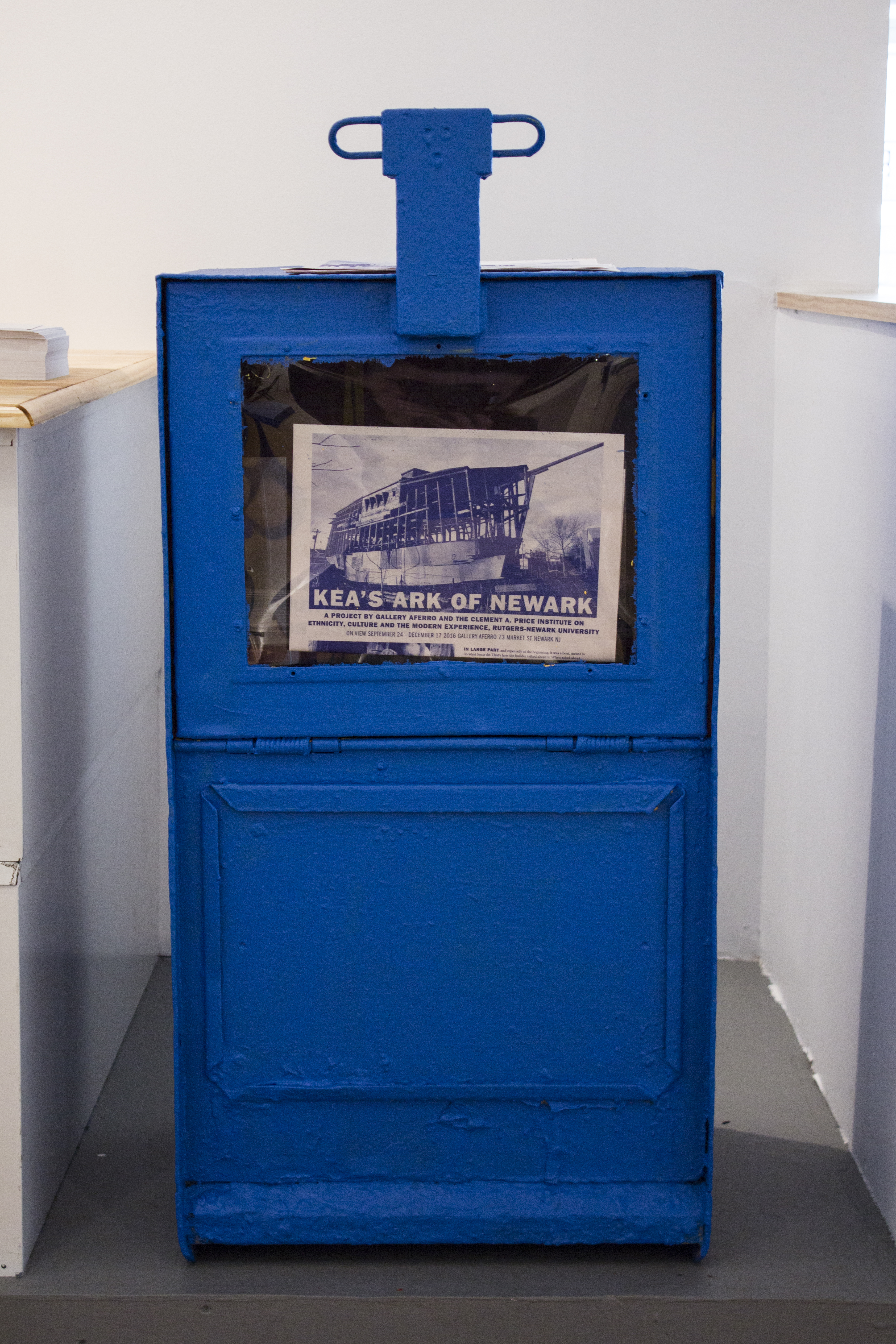- Home
- Events
- Events Calendar
- Annual Events
- Newark St. Patrick's Day
- Brazilian Day Newark Festival
- Puerto Rican Day Parade
- Dodge Poetry Festival
- Basilica Christmas Carol Sing
- Cherry Blossom Festival
- Newark Arts Festival
- Portugal Day Festival
- Lincoln Park Music Festival
- Newark International Film Festival
- Seasonal Festivals
- Newark First Fridays
- Horizon Foundation Sounds of The City
- Newark Pride!
- AfroBeat Festival
- Newark's Latin Festival
- Jazz in the Garden
- Halsey Fest Street Fair
- TD James Moody Jazz Festival
- Newark Arts Festival
- Performing Arts
- Submit an Event
- Home
- Restaurants
- Restaurants by Cuisine
- American
- Asian
- Italian
- Portuguese & Brazilian
- Kosher
- Middle Eastern
- Soul Food
- Spanish & Latin
- Eat Local Guide
- Cheap Eats
- Coffee Lovers
- Bakeries & Cafes
- Food Trucks
- Top Food Trucks
- Bars & Pubs
- Wine Bars
- Irish Pubs
- Best Craft Brews
- Drinks With A View
- Best Sangria In Town
- Best Sports Restaurants & Bars
- Newark's Hottest Happy Hours
- Best Places for Happy Hour in Newark
- Foodie Guides
- New Restaurants
- Best Brunch Spots
- Best BBQ in Newark
- Best Burgers
- Best Brazilian Food
- Italian Hot Dogs
- Ice Cream & Treats
- Newark Sushi
- Best Pizza Spots
- Best Ramen
- Late Night Eats
- Best Sandwiches
- Best Soul Food
- Newark's Irish Tradition
- A Newark-Themed Thanksgiving at Home
- Delis & Sammies
- Sunset Dining in Newark
- Restaurants Near NJPAC
- Home
- Things To Do
- Top Attractions In Newark
- Free Things to Do
- Family Fun
- Newark Black Owned Business Guide
- Nightlife
- Nightlife Ideas
- Flamenco Dancing
- Newark Cocktail Challenge
- All Points West Distillery
- LGBTQ Friendly
- Tours & Itineraries
- Newark Walks App
- African American
- Boat Tours
- A Day in Newark
- Philip Roth's Newark
- Pre & Post Game Fun
- Ultimate Girl's Day Out
- Guys Night Out
- Ironbound
- Taste the Ironbound
- Fit in the Ironbound
- Ironbound, Date Night
- Shopping
- Holiday Shopping
- Newark Fashion
- Women's Fashion
- Men's Fashion
- Hidden Jewels
- Shopping In The Ironbound
- Fashion 3.0
- Newark Fashion Style
- Arts & History
- Museums & Galleries
- GRAMMY Museum Experience Prudential Center
- Index Art Center/The Arts & Artifacts
- Newark Museum of Art
- Jazz
- NC350
- NJSO
- Open Doors
- Poetry
- Happenings
- Newark History
- Architecture
- Chinatown
- Newark's Ark
- Historic Places of Worship
- Indie Arts Scene
- Best Building Bits
- Newark Print Shop
- Newark Arts Festival
- Newark Sculptures
- Newark Arts Family
- Fern and Fossils
- Portuguese Passion!
- America the Beautiful
- Recreation & Sports
- A Walkable Newark
- Parks
- Pet Friendly Places
- Branch Brook Park
- Washington Park
- Indoor Activities
- Newark Fitness
- Ironbound Fitness
- Billiards In Newark
- Music & Entertainment
- Artist On Record
- Interviews
- Gary Walker Q & A
- Savion Glover Q & A
- Michael B. Jordan WBLS
- Ras In 60
- Dancing
- Indie Films
- Live Jazz in Newark
- Newark Poetry
- Virtual Newark
- Fathers Day in Newark
- Latino-Owned Restaurants to Visit in Newark
- Home
- Plan Your Trip
- Welcome to Newark
- Getting to Newark
- Airport
- Bus
- Train
- Car Rentals
- Light Rail
- Subway
- Taxis & Limos
- Parking Guide
- Getting Around Newark
- Accessibility
- International Travelers
- Blog
- Partner Listings
- Submit a Listing
- Visitors Guide
- Nearby
- Essex County
- Jersey Shore & A.C.
- Visiting NYC
- Cruise Port
- Live Traffic
The Legend Of Newark’s Ark
What was one hundred feet long, three stories high, existed for less than five years, and is remembered by hundreds of people? Newark’s ark, of course! An ark? You heard me right!
Built in the 1980’s by a woman named Kea Tawana, the ark was situated in the Central Ward, right up Springfield Avenue. If you visit Red Pines you can learn more about visiting the ark site today, and experiencing it via virtual reality app Membit.

Tawana studied maritime manuals, and planned to move her ark to the Passaic River to sail out to sea. As the ark building progressed, this NJ analog to the Watts Towers (Oakland, CA), Broken Angel (Brooklyn, NY), or the Heidelberg Project (Detroit, MI), rose over the smaller buildings around it. City officials forced her to destroy it, but the fact that it still is so vividly remembered, thirty years later, is a testimony to what one woman’s effort meant to many.
The ark can be viewed as public art, shelter, protest art, vernacular architecture, and what scholars have started calling “artist environments.” Whatever you want to conceptualize it as, it was a totally unique part of this city’s complex, extraordinary cultural history.
Kea also had a unique connection to the city’s artist community, as well as to her immediate neighbors in the Central Ward.
When Gallery Aferro and the Price Institute on Ethnicity, Culture and the Modern Experience at Rutgers-Newark University partnered in 2014 to launch an innovative oral history collection effort to record and preserve people’s memories of Kea and her ark, artists and artist-space founders were some of the first people they talked to. Other people who remembered the ark include everyday community members (some still living in Newark, some living all over the US and even beyond), an ark-sympathetic fireman who though uncaptioned in the vintage news footage, was identified using crowdsourcing, a retired community activist’s partner, the winner of a grade school essay contest organized in which children wrote about the ark, our local mail carrier, the facilities manager for a local foundation, and many others who called, visited the show, and emailed after Gallery Aferro’s 2016 exhibit, Kea’s Ark of Newark: a Life in Works, was up.

Like many artists (Frida Kahlo among them) Kea reworked her own origin story, and the internet can be a confusing place to try to learn about her. Research is still ongoing. Some scholars and activists also point out that people coming from a place of trauma often need to rework their own origin stories, for a variety of reasons. Many women interviewed found it extremely inspirational to know that Kea, with few resources, manifested her dream, as a woman. Today’s women artists often find her story important when they find out about it.
There were many locals (those who lived on the block, in the neighborhood, or the city) who remembered the ark, and Kea, vividly. People told stories about the ark as a symbol of hope, and endurance, during difficult times. They talked about the ark as a neighborhood or city icon. They spoke about how extraordinary it was that one woman created something so large by herself. People’s aesthetic estimation of the ark varied significantly. But their valuation of the fact of its existence for a brief time, and the circumstances of its creation, was very high.
The official narrative that places Kea alone with her ark brands her as someone who knew no one, who was known to no one.
The sheer numbers of people who came forward who knew her, for whom she was known, contradicts this “official” narrative. People spoke about her willingness to help her neighbors, to share knowledge and undertake building repairs without pay. Kea contributed to neighborhood cohesiveness, endurance, and evolution when she repaired a local family’s boiler for free during a harsh winter, when she renovated a beloved local nightclub, and built outdoor “church revival” tent encampments every summer. Some knew her better than others. But she was known, without a doubt, and remembered vividly.
We learned that Kea continued to make art, and pursue intellectual and spiritual engagement with the world, for the decades between the destruction of the ark and her death. That she maintained a lifelong practice of archiving as non-linear autobiography and cultural history, and that this practice connects the process of building an ark from fragments of Newark’s architectural salvage. As you explore Newark’s rich history and current arts scene, I trust you will realize how deep it goes, the layers, the depth, the stories. Stay curious. There is always more to tell, and to ask about.
Evonne M. Davis and Emma Wilcox are working artists and cofounders of a Newark alternative arts nonprofit. Begun in 2003, Gallery Aferro offers exhibitions featuring local, national and international artists, a wide range of public events, a year-round studio residency program, educational offerings, group tours, a publication line, a gift shop and public art initiatives.







